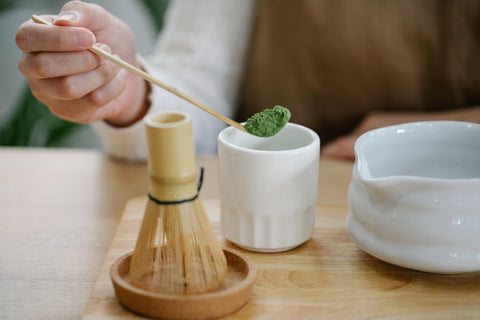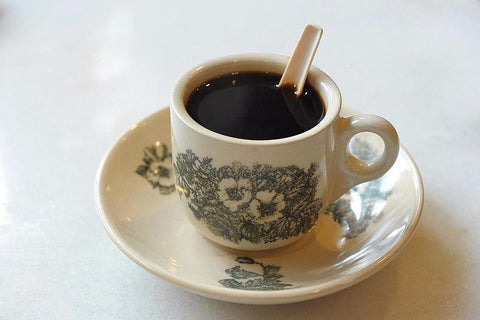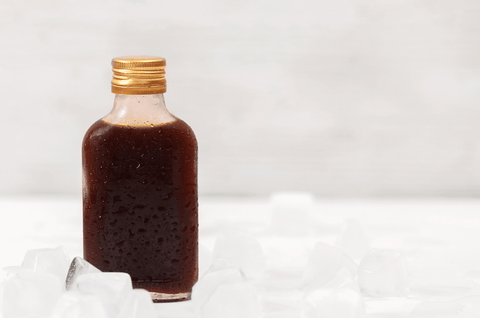
3 Types of Traditional Brewing Methods for Matcha
The world of Japanese Green Tea is so wonderful, but it sometimes gets confusing with all the terms being thrown around. By now, we believe Matcha is no longer a foreign term to you as it is widely available in cafes and sometimes flavoured as your favourite desserts.
But did you know, Matcha, before exploding into popularity as a latte, is consumed directly with just its powder and water? Here’s where matcha grades come into play because the higher the grade of the matcha, the better it will taste in its purest form, hence some matcha powders are graded ceremonial and are priced higher. Without confusing you too much, let’s look at the 3 traditional brewing methods for your Japanese tea.
Koicha (Thick-tea)

*image via reddit.com
- Koicha is usually brewed by using the ceremonial grade (highest quality) matcha since its flavour is the strongest. By using ceremonial matcha, it allows you to savour the sweet, umami flavour that the tea has to offer.
- Koicha is prepared by adding in as little as 20ml of water, and slowly stirring the chasen in a circle as you dissolve the matcha powder slowly. The end product should look like a smooth, thick, syrupy consistency similar to melted chocolate in your chawan.
- Consuming koicha at home gives you the “dubbed” experience of a Japanese tea ceremony, although it is still highly encouraged that you attend a real tea ceremony if you have the chance to experience the craft.
NOTE: Beginner tea drinkers might be taken aback by how strong the koicha could taste, so do prepare some sweet and savoury snacks to pair with the tea for an enriched experience. It might not be for everyone, but it’s definitely worth a try to see how versatile a ceremonial matcha powder can be.
Usucha (Thin-tea)

*image via burpple.com
- As its name suggests, usucha is a thinner version of brewed matcha, unlike koicha, it is brewed with a smaller amount of powder and more water.
- Usucha is also considered a type of ceremonial Japanese tea, easily recognisable for its frothy top. Although being described as “thin-tea”, usucha also has a very strong flavour if you are not a regular tea drinker.
- The brew is foamy and bitter-sweet, with a subtle umami aftertaste.
- Usucha can be prepared by using affordable quality matcha, making usucha the standard for everyday brewing, which led to its surge in popularity among matcha drinkers.
Sencha (Green tea)

*image via wikipedia.com
- The sencha is definitely much more familiar to all of us. Sencha exists in dried, whole tea leaf form and is brewed by letting the loose leaves steep and infuse into hot water.
- Sencha is usually enjoyed in a much more casual environment like friendly house visits or restaurants as a refreshing beverage.
NOTE: Don’t be confused by matcha and sencha. Although both are Japanese green teas, these two have different types of growing methods, processing methods, brewing style, colour, and even taste. Despite its disparities, sencha has its own set of qualities as well.
- Matcha is best known for being free from harmful radicals, anti-oxidant, aiding weight-loss and improves overall health in general if consumed long term. You could say Japanese green tea is truly a superfood.
After reading this article, we hope you would have a better idea on how to utilise your matcha powders at home or even be adventurous to try out other grades of matcha on your next restock.
Check out our Japanese Tea collection here. We’re ready whenever you are.





